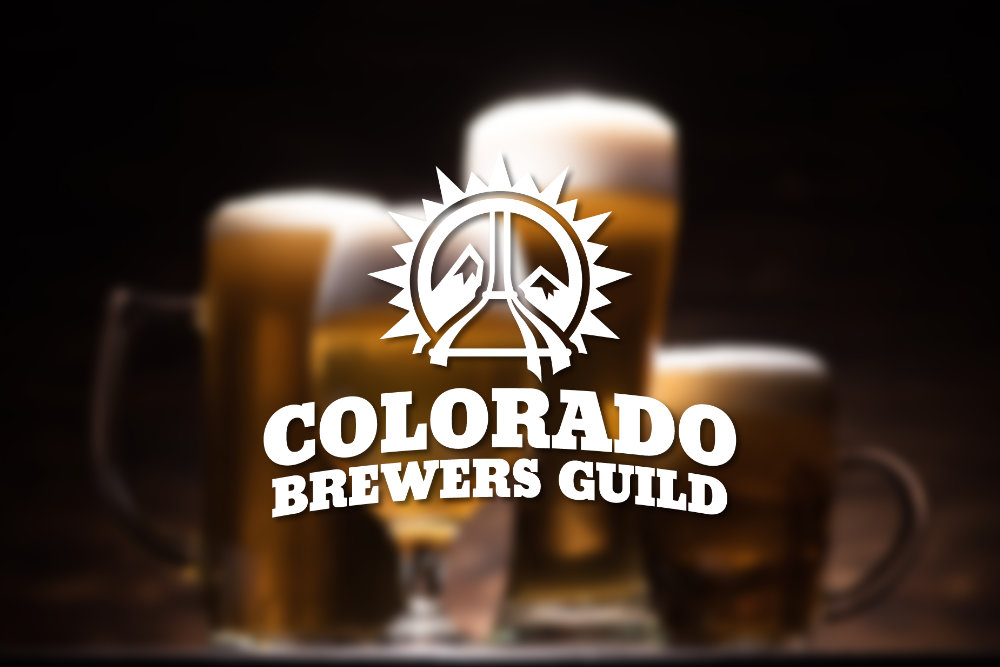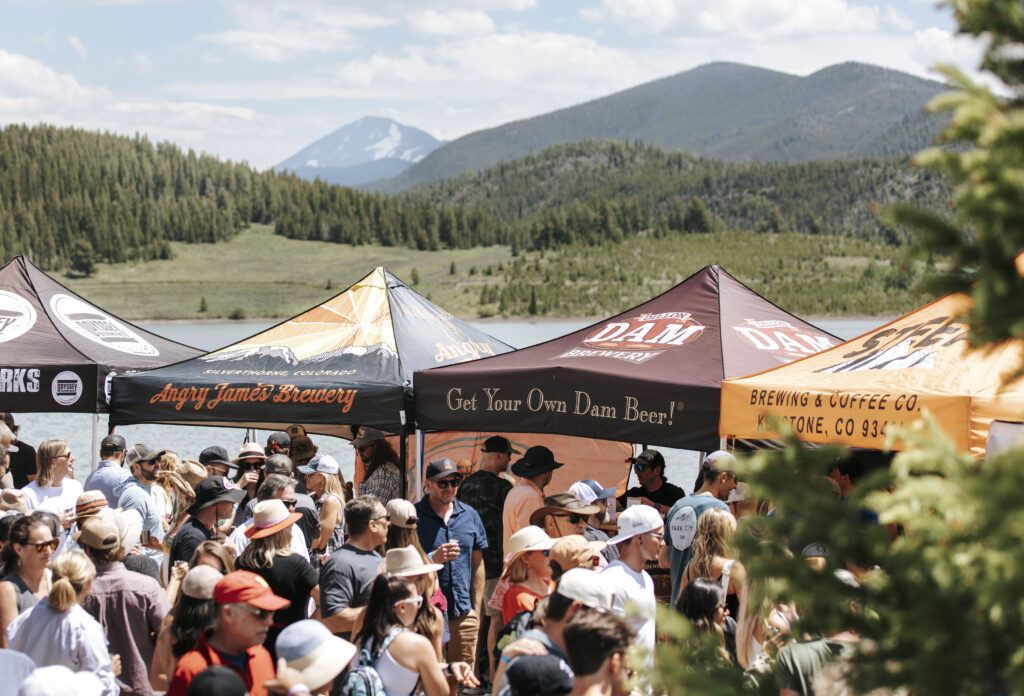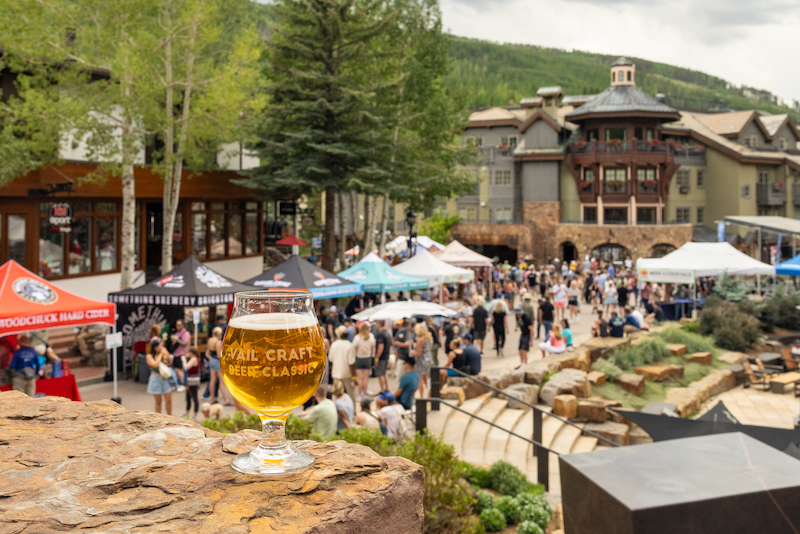By Christopher Peterson, Partner, Fisher Phillips
An increasing number of local breweries here in Colorado have been inspected within the last couple of weeks as part of OSHA’s continuing Local Emphasis Program (“LEP”) to reduce employee exposure to hazards associated with beverage manufacturing processes in general industry operations. As part of this LEP, OSHA is targeting Colorado breweries to inspect for hazards related to confined spaces, fall hazards, physical hazards such as hearing loss and materials handling injuries, and chemical exposures. However, it is important to understand that once OSHA arrives for an inspection, the compliance officer can cite any violation of applicable OSHA requirements.
These LEP inspections are focusing not only on issues such as confined spaces, forklifts, occupational noise exposure and ergonomics. OSHA is also verifying that brewers have the required safety policies and programs in place. OSHA will check to make sure the brewer has required documentation such as OSHA 300 logs, Safety Data Sheets (“SDS”) in your Hazard Communication program, and training records. OSHA will be checking employee training on relevant safety polices – are employees trained on polices for lockout/tagout, hearing protection, and confined spaces. Here are some ideas on how to survive an OSHA inspection.
- If you do not have safety policies or programs in place, get some. There are resources available to develop excellent safety programs. If you need help with this, reach out to your OSHA counsel or the CBG. Also, ask fellow brewers for best practices if needed. Another brewer may have implemented a program that could prove useful.
- Designate a point person to coordinate with the OSHA compliance officer. This individual should know the safety policies and programs and have access to any required records. He or she can conduct the opening conference with the compliance officer and identify the area or areas of the brewery that will be inspected and write down what records are being requested.
- Be sure to document everything about the inspection, from document requests, employee interviews (no matter how brief) and take note of areas inspected and items discussed. You should take your own photographs or video that the OSHA compliance officer takes. If there are any questions or issues with the inspection, do not hesitate to reach out to your OSHA counsel.
- Once the inspection is concluded, you can request a closing conference. The focus of the closing conference is to understand any concerns the OSHA compliance officer might have regarding the conditions found during the inspection. Now is not the time to argue with these initial findings, just hear the compliance officer out.
OSHA has up to 180 days from the date of the violation to issue any citations, and the OSHA compliance officer can request additional information during that time. Recognize that in most cases, the best defense is a good offense – do not hesitate to reach out to OSHA counsel to coordinate information requests and make sure you have the right information to give to OSHA if needed. This is the time to gather your information and avoid citations if possible.
Christopher Peterson is a partner in the Denver office of Fisher Phillips. He focuses his practice on representing clients across many industries in matters arising from the Occupational Safety and Health Act and Federal Mine Safety and Health Act, including civil and criminal enforcement issues, discrimination complaints, and accident investigations. He can be reached at cpeterson@fisherphillips.com.









